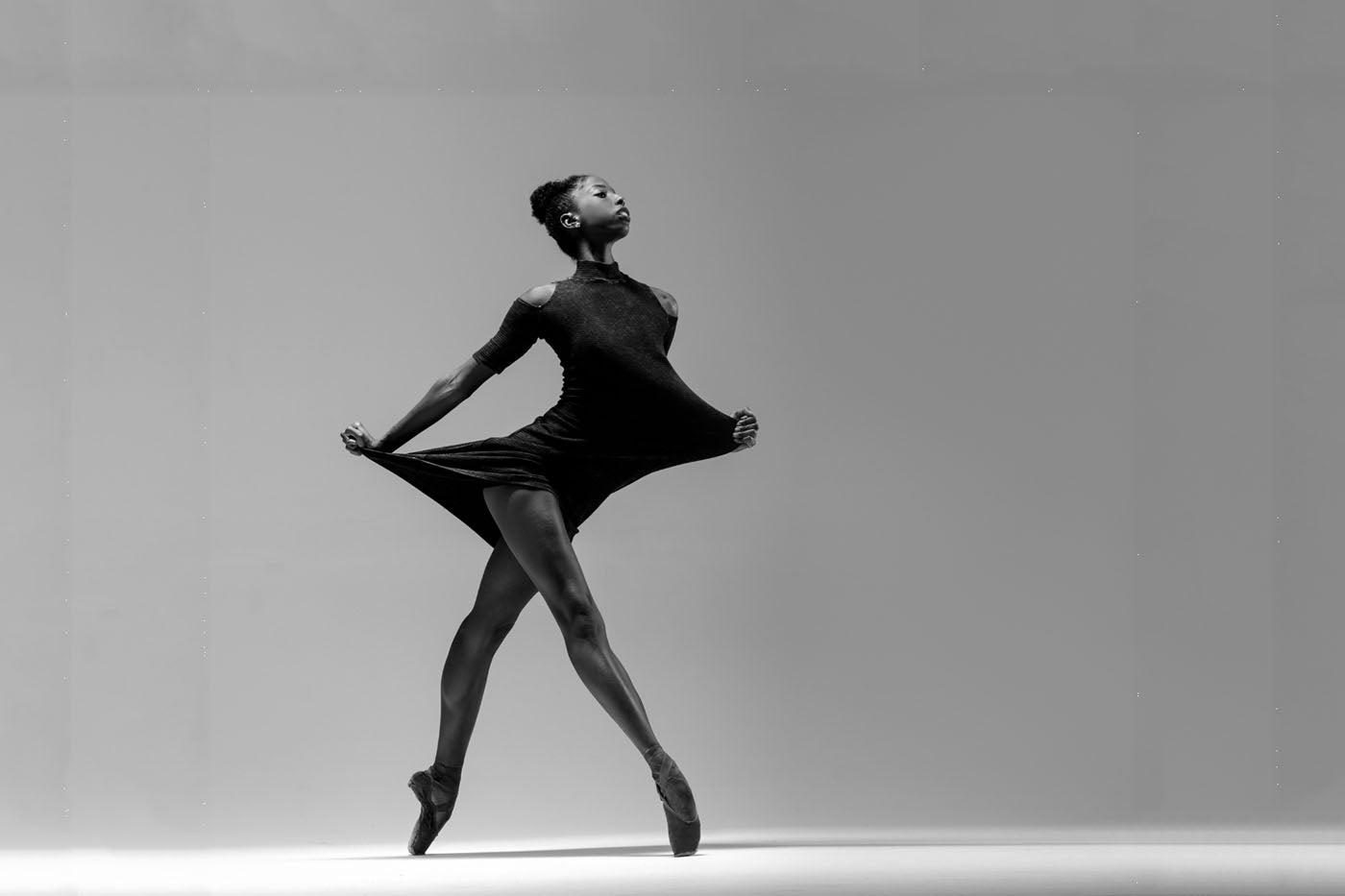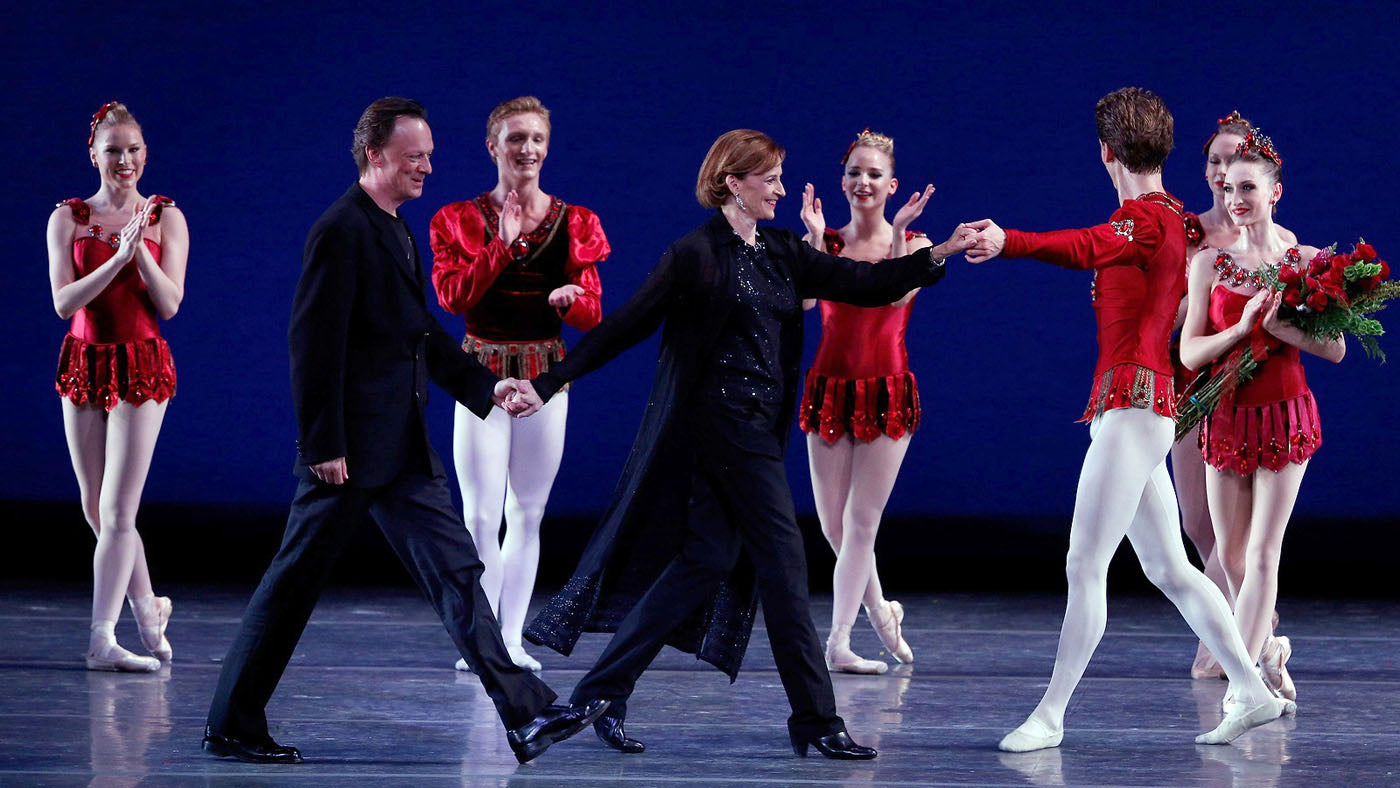Pennsylvania Power
Seeing dance in New York City is always an exciting grab-bag of movement invention and ideas. But, the companies and performers in New York can be increasingly, well, New York. Much of the work presented at our many institutions (and there are many), outside of NYC-based artists that is, are of an international set. In this city, it often seems easier to catch the latest import from Belarus or Budapest than from Boise. That is why the recent trio of works by the Pennsylvania Ballet at the Joyce Theater was a singular treat; an American company in NYC that was...
Plus













